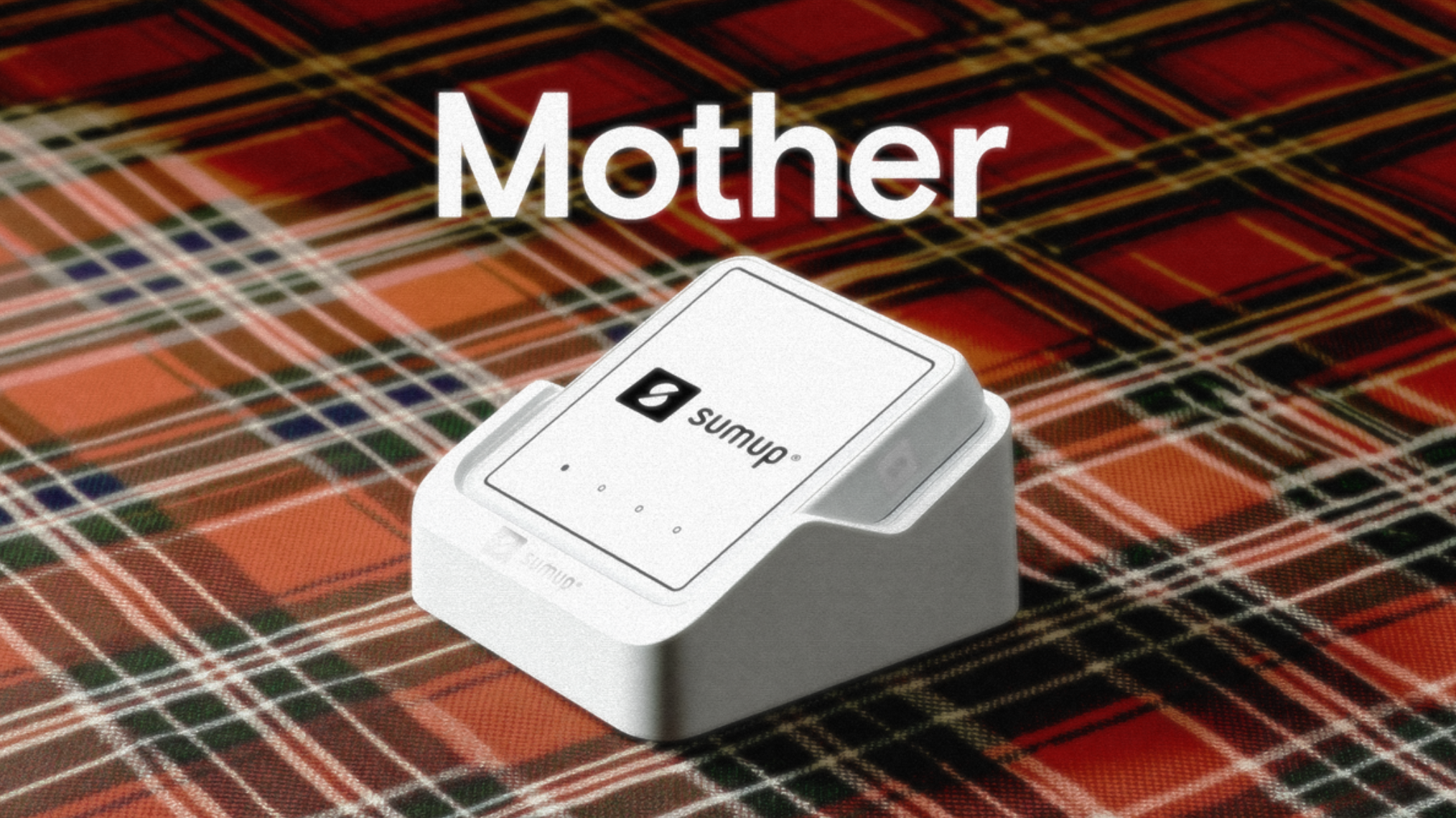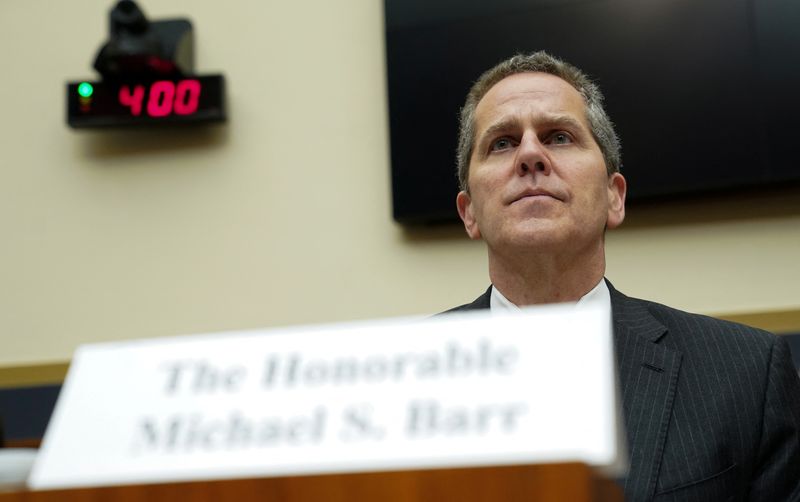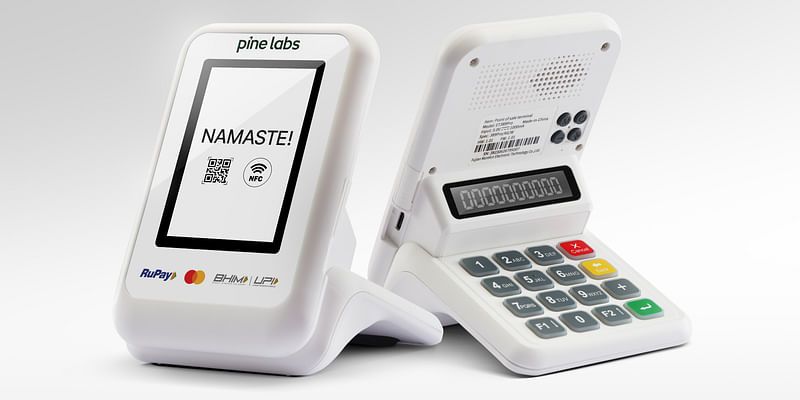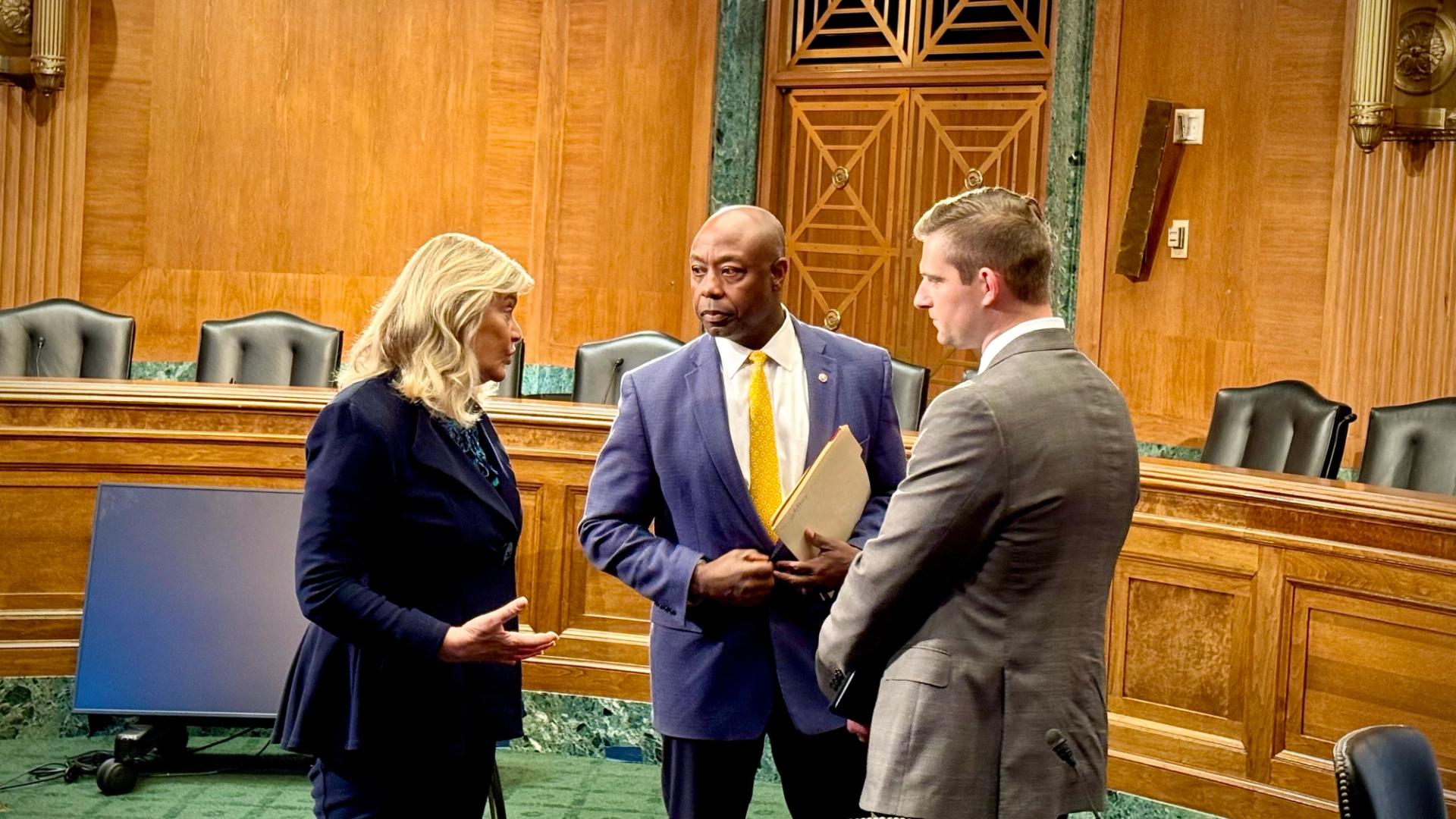Microsoft wants to avoid another disastrous CrowdStrike PR abomination and here's how it wants to do it
Microsoft unveils Windows Resiliency Initiative to avoid another CrowdStrike-like disruption in enterprise environments.

- Microsoft and partners have a new Windows resilience strategy for enterprises
- WRI shifts antivirus tools outside kernel for better reliability and recovery
- CrowdStrike and Bitdefender praise Microsoft’s new approach to security collaboration
Microsoft wants to avoid a repeat of the backlash that followed the 2024 CrowdStrike-related outage, and it’s launching a new framework to do so.
With its new Windows Resiliency Initiative (WRI), the tech giant is looking to harden the Windows platform against potential disruption.
Announced at Ignite, WRI is Microsoft’s strategy to build resilience into the core of how Windows operates - across updates, third-party integrations, and endpoint security.
Resilience isn’t optional
At the heart of WRI are three focus areas: ecosystem collaboration, practical guidance, and product innovation.
Microsoft brought together security vendors and government officials at the Windows Endpoint Security Ecosystem Summit in 2024 to begin that work. Since then, the company has been working closely with its Microsoft Virus Initiative (MVI) partners to improve how Windows handles security software and operating system updates.
Microsoft said the goal is to reduce disruption while maintaining high security standards. "Resilience isn’t optional - it’s a strategic imperative," David Weston, head of Enterprise and OS Security at Microsoft, said in a new blog post.
Security vendors are not just watching from the sidelines. Florin Virlan, SVP of Product and Engineering at Bitdefender Customer Solutions Group, said, “Bitdefender is pleased to collaborate with Microsoft to redefine how security is delivered to Windows users. Through the Windows Resiliency Initiative and development of the Windows endpoint security platform, our teams have worked together to modernize the security architecture - creating a resilient, forward-looking foundation that enhances protection against evolving threats while maintaining a seamless user experience.”
Alex Ionescu, Chief Technology Innovation Officer at CrowdStrike, added, “We spoke at WESES last year to emphasize the importance of our industry coming together and, since then, have seen significant customer interest in the progress toward greater platform resiliency. Through this collaboration, we’ve driven substantial improvements to the planned capabilities for the Windows endpoint security platform, paving the way for a more integrated high-performing security solution.”
Part of the update is structural: Microsoft is shifting antivirus and endpoint protection tools out of the Windows kernel and into user mode. This change should make it easier to recover from issues and limit their scope.
Microsoft aims to release these capabilities to partners in a private preview soon.
Beyond security vendors, Microsoft is also updating Windows 11 to include new recovery tools and reliability features.
A simplified crash screen, faster reboot processes, and a new tool called Quick Machine Recovery will begin rolling out with Windows 11 24H2.
Bandwidth-saving tools like Connected Cache and secure, flexible printing through Universal Print are also being refined to keep businesses running with fewer interruptions.
Windows 365 Reserve, a new offering, will also allow users to shift quickly to a Cloud PC when their main device is out of commission.

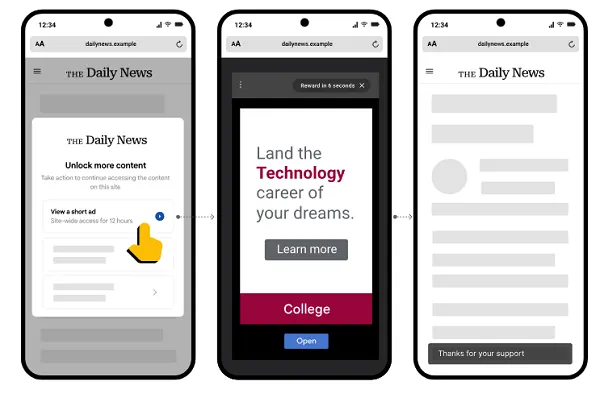



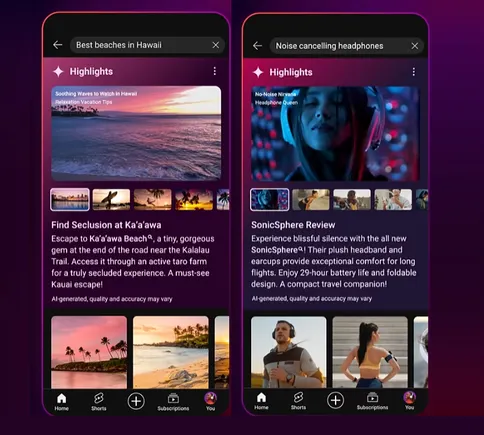






![What Is a Markup Language? [+ 7 Examples]](https://static.semrush.com/blog/uploads/media/82/c8/82c85ebca40c95d539cf4b766c9b98f8/markup-language-sm.png)



